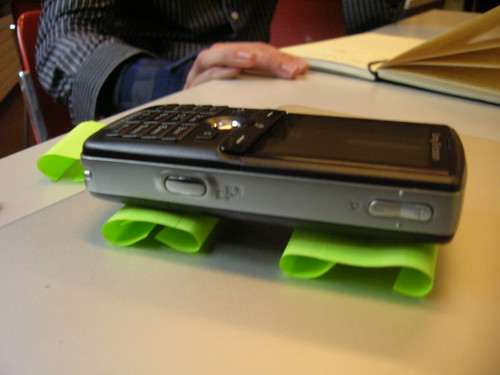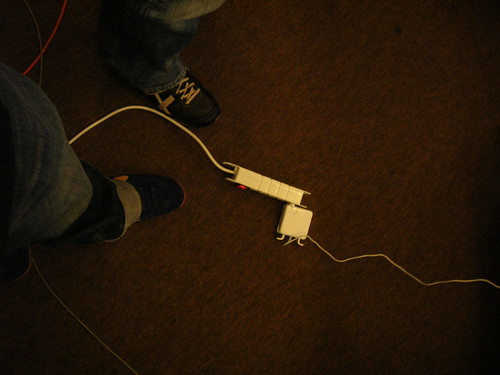Some few thoughts about Reboot8 first day.

Thomas' introduced the concept of this edition, which is re-naissance (re-birth) = understanding the past and improving on that. It's about easy reality, sustainable change, not just about business but also changing society and changing our own lifestyle; a new perspective, not a buzzword, global connectedness.
Matt Webb gave a presentation about the characteristics of human sense and how they could be used to design new kind of interaction (a renaissance of the senses). He exemplified this by showing it could be included in the next generation browser. (I lost my notes 'coz of a subethaedit crash :( ) Anyway, what was pertinent in his propositions is to think more about the (mostly cognitive) differences between senses that designer do not use.
Then, Ulla-Maaaria Mutanen presented her "Crafter Economics" ideas. It will be about a set of rules that seem to emerge among people who make all kind of stuff and publish that on-line.
"Craft" can be taken as "arts and crafts" (william morris), "craft quals bad taste", "craft as cool", "craft as alternative to mass production", "craft as help", "craft as play", "craftv as movement", "craftv as culture history".
In all these categories, there is different kind of styles: hard, soft, trendy, extreme, corporate... It's all about creative making, and in this presentation, creative makers that publish their work online. She takes the example of "Pertti robotti" (a gift in the form of a robot that can contact the father of a kid when the cell phoen is close to it). She did that and other people crafted their own version and put them on "etsy.com": market exchange, is it really a market? not rellay (because profit did not motivate exchange...). As she said in her talk description,
According to classical economics, 1) profit motivates exchange; 2) exchange is based on money; 3) demand can be purchased (stimulated through marketing). I will argue for a different crafter economics, where objects are exchanged but the goal is not to profit; money does not always exchange hands; and friends can't be bought.
Here, in the crafter economics, learning motivated exchange, comments are currency (and not money), links determine the value of objects, demand shows as recognition (and not as purchases), recognition is based on recommendations (not things are equally recommandable). These are cornestones of the new rules!
ASIN, UPV, ISPN are codes developed for companies by companies (mainly for lgistics); for small producers, they seem useless, cost money and hard to get. Most of art, and craft on the Internet are invisible; this is the reason behind thinglink": an open database in which makers can recommand to other people.
What I liked in Ulla's presentation was how she set the craft activities within a broader frameworker connected to an "alternative" economy. This is very important, especially when it comes to objects and artifacts producing. Maybe it's not so well connected to the blogject issue but my feeling is that the more capacity objects has (agency, capability to recall history...), the better they epitomize the magic of Things.
Mark Hurst also pointed to a very interesting phenomenon in his talk about Bit Literacy: people should learn to learn to say no to some technologies or usage (with gmail: do not keep them all...). This is connected to what we were discussing lately for the next LIFT topics.
Random quotes:
"here it's renaissance - not capitalised and with question mark" Thomas Mygdal
"if GPS was only a human sense it would directly be appreciated" Matt Webb
"data exist everywhere and we're just revealing it" Matt webb
"craft as alternative to mass production" Ulla-Maaria Mutanen
"Objects without links (interesting stories) are a dead object" Ulla-Maaria Mutanen
"if you want to manage your information stream, you have to learn to say no, to let things off, to delete something" Mark Hurst
Technorati Tags: reboot, reboot8, copenhagen
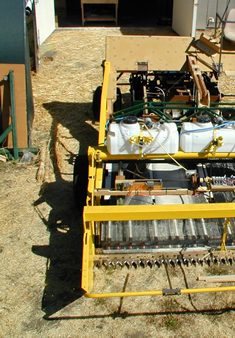
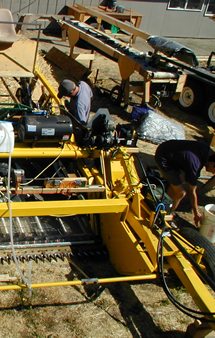



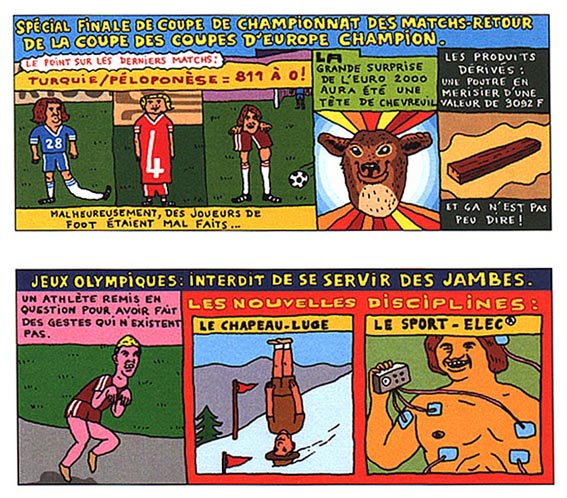
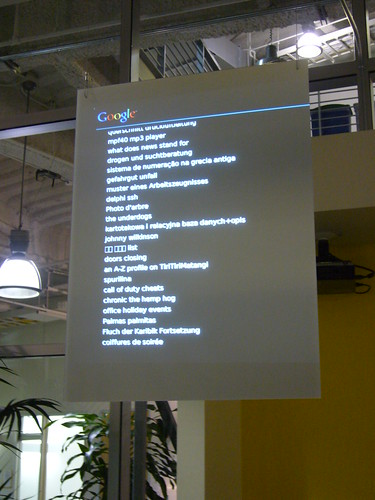
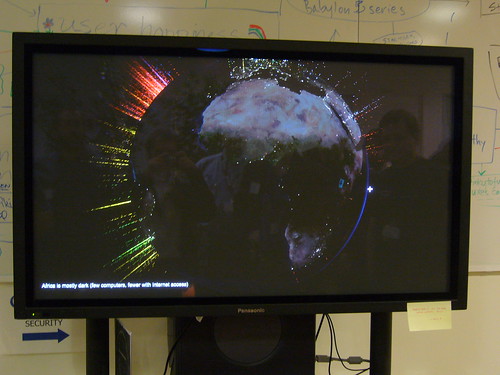



 Why do I blog this? a robot with a trunk sounds a bit odd but it might have curious affordances... biomimicry to its best?
Why do I blog this? a robot with a trunk sounds a bit odd but it might have curious affordances... biomimicry to its best?

